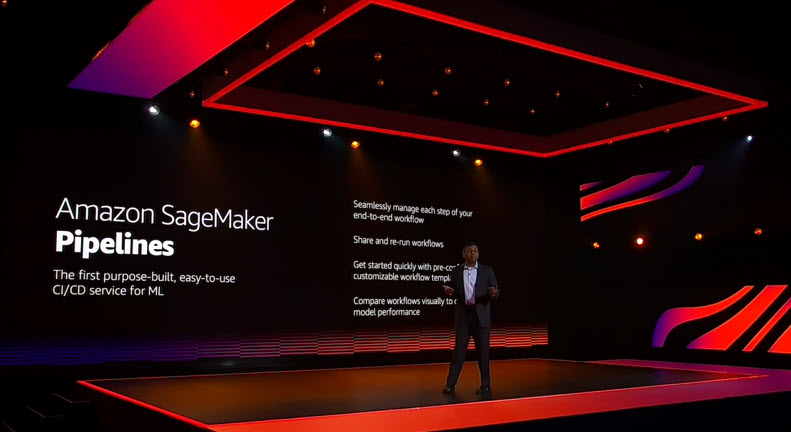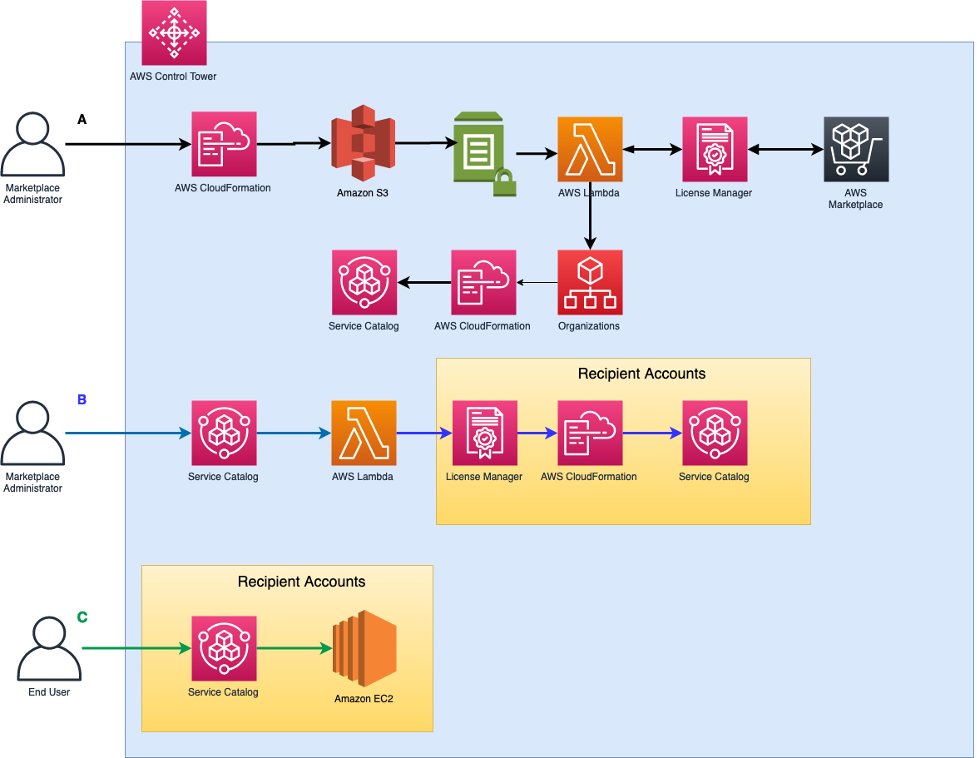
Securing people, process & technology and having an Impenetrable security posture in an organization has been a major concern for businesses since years. Organizations have been investing massive amounts in next-gen security technologies such as antivirus, firewalls, full disk encryption and data loss prevention. The investment in cybersecurity solutions has risen from $3.5 billion in 2004 to $75 billion in 2015, and forecasted to reach $170 billion by 2020! Though these solutions are considered as the epitome of security, they fail to secure one very important aspect of cybersecurity, which is the People. In the current era of technology, People, not technology, are becoming the key to securing organizations.
Why do we need to have an impenetrable security posture addressing the human element?
Cyber attackers are well aware that employees in an organization are considered to be the least resistant or in other words, the weakest link for any security breach. As a result, attackers are intruding technology using cyber-attacks like Phishing, Smishing, Ransomware attacks, removable media etc. The solution to mitigate it is quite simple, just as organizations are investing in creating a secure IT infrastructure, they’ll also need to start investing on a security-conscious workplace, also known as a human firewall, in order to obtain an impenetrable security posture.

However, this can only be achieved if they are able to raise the awareness amongst the people to such an extent that they at least become a strong firewall against potential cyber threats. The best way to incorporate awareness is to gamifying the training part in order to create employee interest in the subject. As for many of them, the idea of cybersecurity ignites the same emotions that air travelers experience when witnessing the flight safety presentations during the start.
To create a secure culture and behavior amongst the people, organizations need to establish a long-term security awareness approach. An approach, where the employees should be tested for their behavior, and how they are reacting against the top potential online attacks. Where the workforce will be engaged in knowledge imparting and regular security assessments as building a strong line of defense is not a one-time security training, it needs to be a continuous process. This will at least make the employees think like security professionals, or at least be vigilant enough to think twice before reacting to cyber scams.
Also, we cannot completely blame the employees when it comes to data breaches, for example, if a user commits a mistake and clicks on an email that causes a breach, we often think that it happened because of the user’s negligence. But it is not actually the case, the organization was already under attack when the attacker sent the email before it was even clicked or opened! So having a powerful security infrastructure is equally important when it comes to incorporate People, Process, and Technology.
What are the possible consequences of not having a cybersecurity awareness training program for employees?

Given that 91% of the data breach attacks include phishing, if your workforce is not prepared to identify and ignore these attacks, the risk of a successful cyber attack, such as ransomware is greatly increased. Small businesses are affected the most as they can be extremely fragile, and the cost of a breach is always high in terms of money. Also, depending on what loss is incurred and how it impacts the customer base, a data breach can do significant damage to your brand reputation as well.
Companies need to harmonize security and convenience when talking about security awareness to their employees. The goal should be to lower the risk to an acceptable level. Awareness training is an emerging trend, and organizations should always look out for upcoming trends in employee compliance and new tools, in order to improve cybersecurity awareness.
Some people are still on the fence about investing in employee cybersecurity, what should be the driving factor for them?

Here the answer will be simple, a big YES! It is considered an essential practice to incorporate impenetrable security involving employee security measures in organizations. The employees need to keep in mind that everyone has a role in keeping a company and its stakeholders protected. Companies might consider spam filters, firewall, IPS, SIEM, app whitelisting etc. to be effective against cyber scams, but the only way they can make these tools effective is by involving the users in cyber defense.
Every organization across the globe has data which is valuable to the attackers. Data such as customer records, email accounts, employee data etc. are all sought after and can make your organization a high-value target. Organizations should have a highly maintained security management approach which should include high-quality employee protection program, documented patching process, identity, access and password management and an incident response plan. Dedicated cybersecurity firms like Anteelo , solely work on People, Process, and Technology agenda, providing customized VA-PT (Vulnerability Assessment- Penetration Testing) services and employee risk assessment tool, that helps organizations in reducing the overall threat posture to up to 90%.








